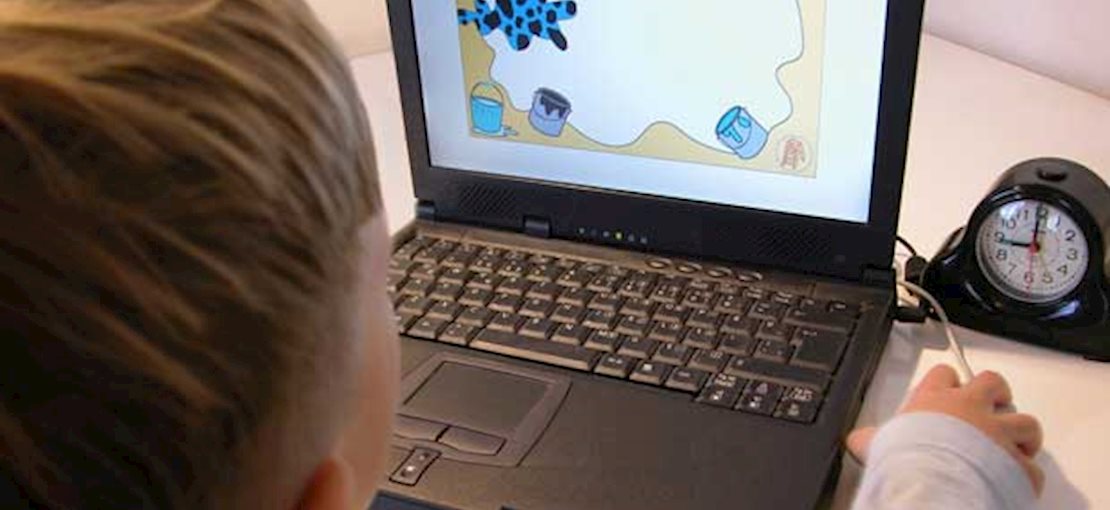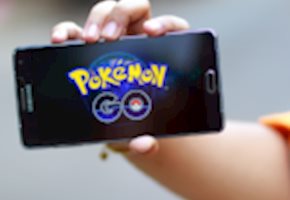It's not uncommon to see kids as young as two expertly using smartphones to play games and watch videos with no parental intervention required. Given the high demand for the Oculus Rift and the growing availability of mid-priced VR headsets like the Gear VR for the Samsung Galaxy S7 (the most affordable VR experience available at the moment), you can expect that kids from toddlers to teens will be immersing themselves in virtual worlds in the near future.
Just because kids have a knack for adapting to new technology doesn't mean that a future where VR gaming is the norm will be a healthy one. In fact, the current crop of major headset manufacturers seem to agree that virtual reality is a 13+ pursuit. However, there are developers churning out kid-friendly titles that work with everything from Google Cardboard to the more expensive headsets, such as Mattel's new View-Master – a Cardboard-esque take on the original that's designed for and marketed to young children.
So assuming virtual reality is here to stay and will become a fixture in the average home, it only makes sense to think of the positive applications.
VR in the Classroom
Laptops and tablets opened up a new range of educational experiences for students and it's inevitable that virtual reality technology will do the same – particularly in cash-strapped districts where field trips are out of the question. Nearpod VR lesson plans are currently being tested in classrooms in the San Francisco Unified School District and Polk County Public Schools in Florida. The curriculum (which includes VR and non-VR content), paired with branded Google Cardboard units, lets kids go on virtual field trips that include first-person tours of notable sites like the caves on Easter Island, the Great Barrier Reef, Giza's pyramids, historical US landmarks, and more.
VR in Hospitals and at Home
VR Kids is one nonprofit organization that believes in the power of virtual reality to improve the quality of life of mobility impaired and hospital bound kids. They bring all of the virtual reality equipment necessary to create a personalized therapeutic experience in homes and hospitals. In some cases, these experiences are designed to offer a few moments of peace before surgery or other medical procedures. In others, VR gives kids relief from stress and anxiety or a chance to explore new spaces when they are unable to do so in the real world.
Clearly virtual reality systems like the Gear VR and others will find footing as more than merely toys, despite the early influx of kids' games without much substance. It's likely that widespread consumer adoption will come before the widespread use of VR in schools and in healthcare simply because kids and parents will need to be familiar with the technology before administrators in both settings will agree to explore it as a tool.
In the meantime, parents shouldn't shy away from introducing kids to virtual reality games. Treat this tech like anything else. Read the manual, set limits as a family, and have fun!
It's not uncommon to see kids as young as two expertly using smartphones to play games and watch videos with no parental intervention required. Given the high demand for the Oculus Rift and the growing availability of mid-priced VR headsets like the Gear VR for the Samsung Galaxy S7 (the most affordable VR experience available at the moment), you can expect that kids from toddlers to teens will be immersing themselves in virtual worlds in the near future.
Just because kids have a knack for adapting to new technology doesn't mean that a future where VR gaming is the norm will be a healthy one. In fact, the current crop of major headset manufacturers ;seem to agree that virtual reality is a 13+ pursuit. However, there are developers churning out kid-friendly titles that work with everything from Google Cardboard to the more expensive headsets, such as Mattel's new View-Master – a Cardboard-esque take on the original that's designed for and marketed to young children.
So assuming virtual reality is here to stay and will become a fixture in the average home, it only makes sense to think of the positive applications.
VR in the Classroom
Laptops and tablets opened up a new range of educational experiences for students and it's inevitable that virtual reality technology will do the same – particularly in cash-strapped districts where field trips are out of the question. Nearpod VR lesson plans are currently being tested in classrooms in the San Francisco Unified School District and Polk County Public Schools in Florida. The curriculum (which includes VR and non-VR content), paired with branded Google Cardboard units, lets kids go on virtual field trips that include first-person tours of notable sites like the caves on Easter Island, the Great Barrier Reef, Giza's pyramids, historical US landmarks, and more.
VR in Hospitals and at Home
VR Kids is one nonprofit organization that believes in the power of virtual reality to improve the quality of life of mobility impaired and hospital bound kids. They bring all of the virtual reality equipment necessary to create a personalized therapeutic experience in homes and hospitals. In some cases, these experiences are designed to offer a few moments of peace before surgery or other medical procedures. In others, VR gives kids relief from stress and anxiety or a chance to explore new spaces when they are unable to do so in the real world.
Clearly virtual reality systems like the Gear VR and others will find footing as more than merely toys, despite the early influx of kids' games without much substance. It's likely that widespread consumer adoption will come before the widespread use of VR in schools and in healthcare simply because kids and parents will need to be familiar with the technology before administrators in both settings will agree to explore it as a tool.
In the meantime, parents shouldn't shy away from introducing kids to virtual reality games. Treat this tech like anything else. Read the manual, set limits as a family, and have fun!






Add A Comment
Thank you for your comment.
Sorry! There was a problem with your comment submission. Please try again.
Comment
Allowed HTML: <b>, <i>, <u>, <a>
Comments
Thank you for your comment.
Sorry! There was a problem with your comment submission. Please try again.
Thank you for your comment.
Sorry! There was a problem with your comment submission. Please try again.